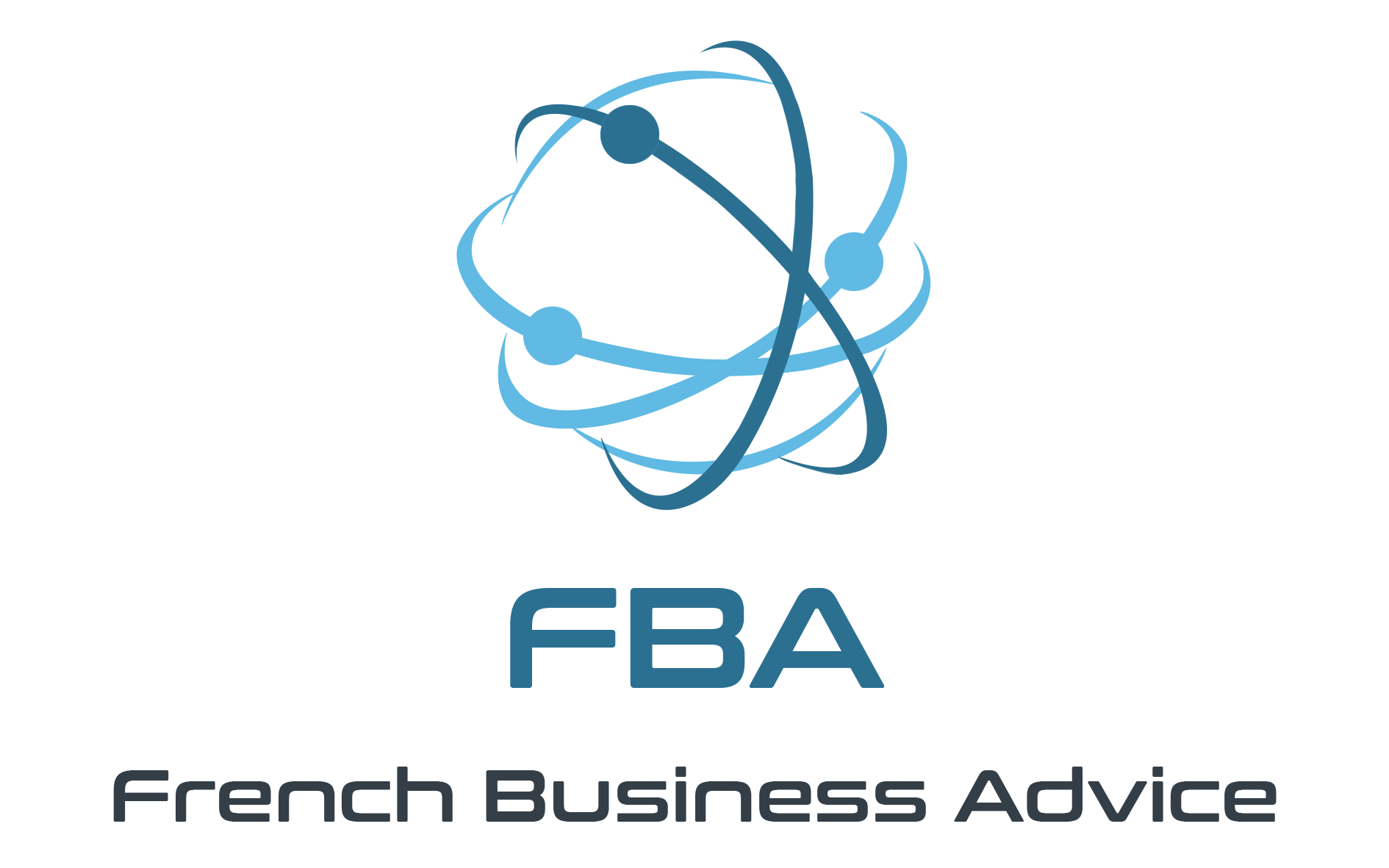The two main tax systems applicable to an individual enterprise are:
- “Micro” tax system;
- Real tax system.
It is pointed out that the micro-scheme does not apply to companies, which is why our article is limited to the case of individual companies.
I – Tax regimes depending on the activity carried out
There are three categories of taxation of professional income:
- Industrial and Commercial Benefits (BIC) for industrial, commercial, craft activities and furnished rental activities;
- Non-Commercial Profits (BNC) for liberal activities;
- Agricultural Benefits (BA) for agricultural activities.
For some service providers and some liberal professionals, it is sometimes complicated to know whether there is a BIC or a BNC when the company is set up. In case of doubt, it is important to consult an English-speaking chartered accountant because an error of assessment on the tax system would lead you to determine your tax result using an incorrect method.
Indeed, whether one depends on the “micro” tax regime, on a real regime (or on the controlled declaration regime for BNCs), the method of determining the tax result is different from one regime to the other.
The same is also true (as we will see later) for the percentage of flat rate abatement on receipts in the various micro regimes.
In addition, when an operator exercises a secondary activity (linked or not to the main activity) within the same business, it is important to determine whether this secondary activity should be taxed according to the same tax category as the main activity or whether, on the contrary, it must be the subject of an independent tax declaration.
In this case too, it is important to seek advice from a chartered accountant.
In all cases, an error of assessment on the choice of the tax system could subsequently lead the tax administration, during a tax audit, to recalculate the result according to the appropriate method and possibly to carry out adjustments accompanied by delay interests and penalties.
II – The tax systems involved
Non-commercial profits (BNC)
The two regimes concerned are the “Micro BNC” and the declaration controlled (real). In order to benefit from the “micro”, the turnover achieved by the professional during the previous year must not exceed € 72,600 excluding taxes.
Industrial and commercial revenues
The two tax regimes are “Micro BIC” and real (simplified or normal). The annual turnover limit for “Micro BIC” is:
- € 176,200 for companies for the sale of goods, supplies and foodstuffs to be consumed on the spot, or the provision of accommodation (hotels, guest rooms, furnished tourist accommodation);
- € 72,600 for service providers or tenants in a furnished dwelling;
- In the case of mixed activities, the total amount of income must not exceed the limit of € 176,200, and the amount of income relating to the provision of services must not exceed the limit of € 72,600.
Agricultural incomes
As in the case of BIC, the two tax regimes are “Micro BA” and real simplified or normal. Are affected by the “Micro BA” regime all farmers (regardless of their tax regime previously) whose average revenue for the three previous years does not exceed € 85,800 excluding tax.
Some precisions
It should be noted that the “Micro” system is prohibited to certain persons who are mainly:
- For the “Micro BNC”:
- Public officials;
- Taxpayers who trade in securities;
- People who engage in commercial and non-commercial activity at the same time and who opt for a real regime on commercial profits;
- People who receive “BNC” from abroad.
- For the “Micro BIC”:
- The equipment rental companies;
- Trading on the stock market;
- Non-profit associations;
- Real estate agents, property dealers and developers.
III – The advantages of the “Micro” tax system
The most obvious advantage of this system is its simplicity:
- At the accounting level, operators must only keep a chronological log of receipts and a register of purchases only in the case of activity of sale of goods or supply of housing;
- In terms of taxes, only the amount of turnover should be indicated on the income tax return. The tax administration determines the taxable income by applying a flat-rate reduction to this figure of:
- 34% for “Micro BNC”;
- 71% for “Micro BIC” in case of selling goods or providing housing;
- 50% for “Micro BIC” in case of providing services;
- 87% for “Micro BA”.
It may be noted that this system is particularly interesting if the amount of expenditure actually incurred by the business is less than the flat-rate reduction.
The self-employed whose tax reference income (RFR) of the fiscal household of the penultimate year (year N-2) does not exceed a certain threshold have the possibility of paying a lump-sum disbursement of income tax at the rate of:
- 1% or 1.7% for “Micro BIC” depending on whether they participate in a sales activity of products or services;
- 2% for the “Micro BNC”.
“Auto-entrepreneurs” may also choose to pay social contributions in proportion to the turnover.
The last two last options mentioned above are not applicable in the case of “Micro BA”.
For more precise information on this tax regime, you can consult on our website the article entitled: “The Micro company”.
IV – The advantages of the real tax system
It is obvious that the operator must opt for the real if he finds that his costs are higher than the amount of the standard deduction applied automatically in the “Micro” system. In addition, in the event of a loss, he may deduct the amount of such loss from his other incomes or incomes from subsequent years.
It should also be noted that most of the tax exemption regimes (income tax, local taxes) from which certain new businesses may benefit are only applicable in the event of an option for a real tax regime.
The majority of tax credits intended for businesses are likewise applicable only to those which are subject to a real regime.
It is important to note that the choice of a tax system is never final and that (except in exceptional cases) it is possible to change it at the beginning of the year provided that an option is formulated with the tax department of the company before the 1rst of February. Before making such a decision, the operator must speak with his accountant.
The choice of the tax regime “Micro” requires, as indicated above, the exercise of an activity in the form of a sole proprietorship which does not guarantee the patrimony of the operator in the event of bankruptcy.
To avoid this, it is possible for the creator of business to constitute an “EIRL”.
We of course offer a consulting service to make this choice with English-speaking accountants.
Are you interested in this service? If so, contact us!



